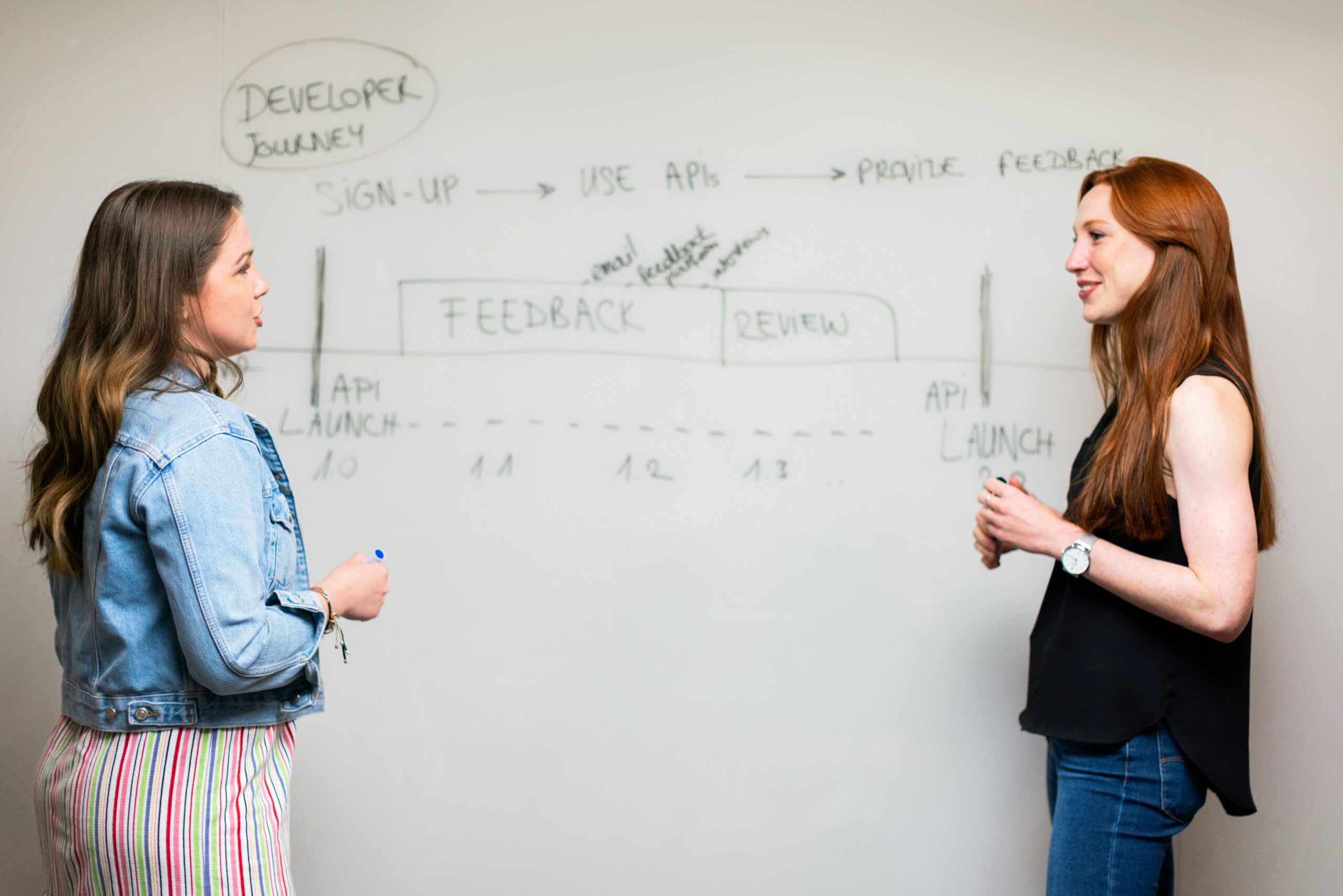Streamlining Customer Onboarding with Guided Experiences
October 22, 2025 | by qqvmedia.com


Understanding the Importance of Customer Onboarding
Customer onboarding is a pivotal stage in the customer journey that cannot be overlooked. It serves as the first substantial interaction a customer has with a brand following their initial acquisition. A well-structured onboarding process eases customers into the usage of a product or service, significantly enhancing their overall experience. When customers feel supported and informed from the beginning, they are more likely to engage positively with the service, which sets a foundation for a lasting relationship.
The primary objective of an effective onboarding process is to familiarize customers with the functionalities and benefits of a product or service. By providing them with guided experiences, brands can ensure that users grasp crucial operating features quickly. This understanding not only helps in reducing confusion but also empowers users to utilize the full potential of what they have subscribed to or purchased. Consequently, a proficient onboarding process can lead to heightened customer satisfaction, as it minimizes the risks associated with misunderstandings or erroneous use of the product.
Furthermore, the importance of customer onboarding extends beyond immediate satisfaction. A smooth onboarding experience fosters loyalty, as engaged customers are more likely to continue their relationship with a brand. When customers feel that their needs are being addressed through thoughtful onboarding strategies, they develop a sense of trust and connection with the brand. This emotional bond often translates into improved retention rates, driving customers to remain active participants in a brand’s ecosystem.
Moreover, the impression created during the onboarding phase significantly impacts the customer’s perception of the brand as a whole. A lackluster onboarding experience may lead to early drop-offs, while a seamless process can enhance customer advocacy and long-term engagement. By prioritizing effective onboarding, businesses can navigate the customer’s journey with greater confidence and competence, ultimately achieving better overall results.
Creating Intuitive Onboarding Processes
Establishing an effective onboarding process is crucial for enhancing customer experiences and fostering lasting relationships. Different types of intuitive onboarding processes, such as interactive tutorials and personalized welcome emails, can significantly improve the user journey and assist customers in navigating your services with ease.
Interactive tutorials provide a step-by-step guide for new users, simplifying complex tasks and ensuring users grasp essential functionalities quickly. These tutorials can be enriched with visual aids, such as videos or infographics, which cater to various learning styles. Additionally, incorporating tooltips during the initial usage of a product can provide real-time assistance, guiding customers as they explore different features. Such interactive onboarding promotes engagement and helps customers build confidence in using the product.
Another effective onboarding tool is the use of welcome emails. This initial communication should aim to establish a positive first impression while providing valuable information regarding the service or product. Customizing these emails to individual customer needs can significantly enhance their effectiveness. Consider including offers, tips, or links to relevant resources based on user behavior or preferences. Personalized content not only captures attention but also demonstrates that the business values its customers.
To create engaging onboarding content, it is essential to focus on clarity and simplicity. Avoid jargon or overly complex explanations that may confuse users. Instead, strive for a straightforward communication style that highlights key benefits and functionalities. Implementing best practices, such as soliciting user feedback and regularly updating onboarding materials, ensures that the process remains relevant and effective over time. By tailoring onboarding experiences to meet individual needs, businesses can facilitate smoother transitions for customers, ultimately driving higher satisfaction and retention rates.
Leveraging Technology for Enhanced Customer Support
In today’s digital landscape, technology plays a crucial role in enhancing customer support during the onboarding process. By integrating various tools and techniques, companies can significantly streamline the experience for first-time buyers, ensuring they feel supported and informed as they navigate new products or services. One of the most effective technologies is live chat support, which allows customers to receive real-time assistance from knowledgeable representatives. This immediate access to help reduces potential frustrations and encourages a smoother onboarding experience.
In addition to live chat, in-app prompts serve as an essential tool for guiding users through key functionalities of a product. These prompts can be designed to activate at critical moments, such as when a user attempts to use a feature for the first time. By providing contextual assistance, these prompts not only educate users on how to utilize various functions but also foster confidence in their ability to engage with the product. Tailoring the timing and frequency of these prompts is imperative, as overloading users with information can lead to confusion and disengagement.
Product guides further enhance the customer onboarding process by offering comprehensive resources that are easily accessible. These guides can include video tutorials, FAQs, or step-by-step instructions that facilitate understanding. By curating content that aligns with common questions or challenges faced by new customers, companies can ensure that users have the knowledge necessary to make informed decisions throughout their onboarding journey.
Ultimately, effective implementation of these technological solutions requires an understanding of the specific needs and preferences of the target audience. Regularly analyzing customer feedback and behaviors will enable businesses to optimize their support strategies, ensuring that users receive valuable assistance when they need it most. Leveraging technology in this manner not only enhances the customer experience but also builds lasting relationships and greater satisfaction.
Best Practices for Personalized Customer Engagement
Personalizing the customer onboarding experience is crucial for establishing a strong foundation for ongoing relationships. One effective approach is to send tailored welcome emails that foster a sense of connection right from the start. These emails should not only express enthusiasm about the new customer but also provide relevant information that addresses their specific needs and interests. Using the customer’s name and referencing their initial interactions or purchases can make these communications feel more personal and engaging.
Utilizing customer data effectively is another key strategy in enhancing interactions during the onboarding process. By analyzing customer behavior, preferences, and demographic information, businesses can tailor their onboarding content to align with individual expectations. This personalized data approach ensures that customers receive recommendations and guidance that directly resonate with them, ultimately leading to higher satisfaction rates.
Moreover, designing onboarding content that speaks to the unique desires and challenges of individual customers is essential. This can be achieved through various formats, such as interactive tutorials, personalized video messages, or customized content that reflects the customer’s journey. By catering to the customers’ specific situations, brands can create meaningful experiences that keep individuals engaged and connected with the company’s offerings.
Gathering customer insights plays a pivotal role in refining the onboarding experience. Utilizing surveys, feedback forms, and engagement analytics can provide invaluable information about customer preferences and pain points. This data can then be harnessed to create more targeted content and personalized support, ensuring that customers feel valued throughout their onboarding journey.
By implementing these best practices for personalized engagement, businesses can significantly enhance the customer onboarding experience, paving the way for long-term loyalty and satisfaction.